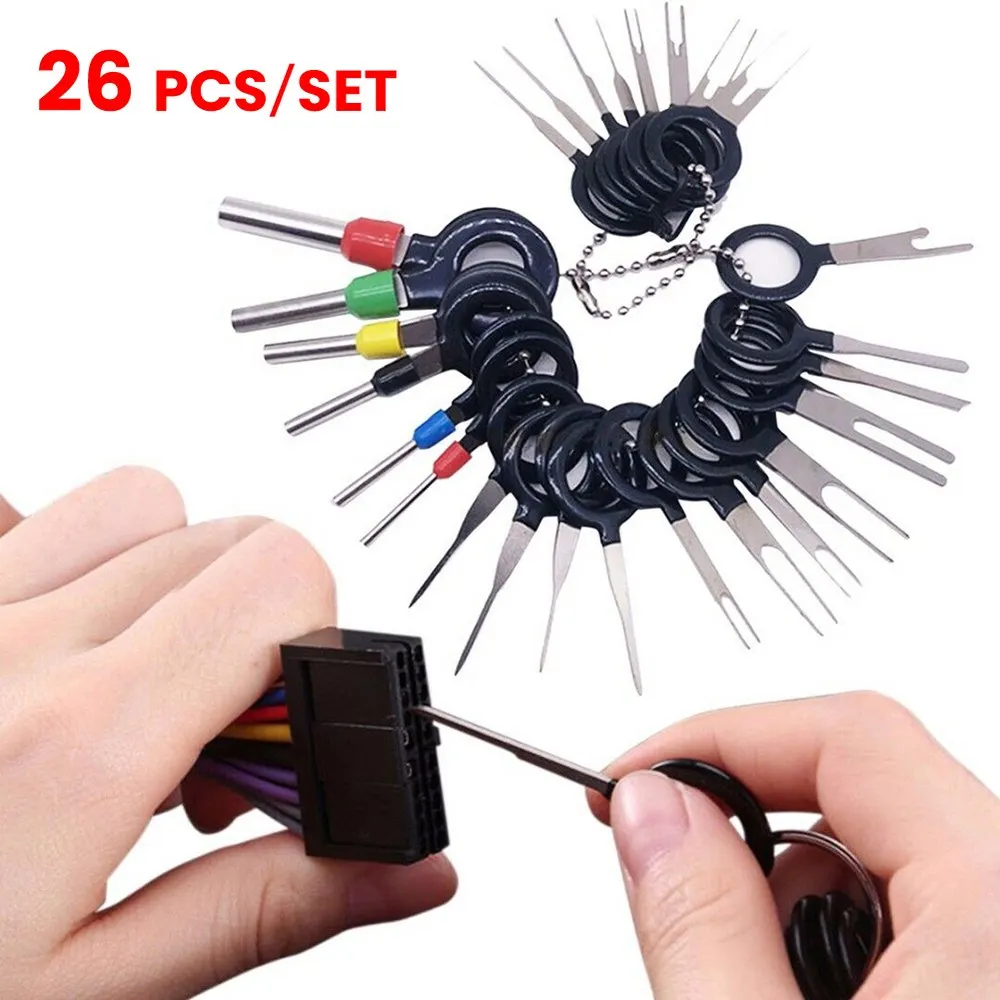

Alcohol intake causes mucosal edema, hemorrhage, sub-epithelial cell exfoliation, and infiltration of inflammatory cells. Experimental models using ethanol/HCl (Et/HCl) to induce gastric ulcers have been recently employed to study the genesis and progression of gastric lesions and to evaluate therapeutic approaches. Moreover, exogenous factors, such as stress and the excessive intake of non-steroidal anti-inflammatory drugs (NSAIDs) or alcohol may also cause gastric injury. The genesis of the disease is associated with an imbalance of endogenous protective agents and aggressors to the gastric mucosa. Gastric ulcers, a chronic disease that affects millions of people worldwide, are considered a global health problem and are linked to gastric cancer. The funders had no role in study design, data collection and analysis, decision to publish, or preparation of the manuscript.Ĭompeting interests: The authors have declared that no competing interests exist. MN Muscará, SL Galdino, IR Pitta and SHP Farsky are fellow of the Conselho Nacional de Pesquisa e Tecnologia (CNPq). This is an open-access article distributed under the terms of the Creative Commons Attribution License, which permits unrestricted use, distribution, and reproduction in any medium, provided the original author and source are credited.įunding: The authors thank FAPESP for financial support (Grants No. Received: Accepted: AugPublished: October 4, 2013Ĭopyright: © 2013 Santin et al. PLoS ONE 8(10):Įditor: Valli De Re, Centro di Riferimento Oncologico, IRCCS National Cancer Institute, Italy (2013) Role of an Indole-Thiazolidine Molecule PPAR Pan-Agonist and COX Inhibitor on Inflammation and Microcirculatory Damage in Acute Gastric Lesions. Thus, we show that LYSO-7 may be an effective treatment for gastric lesions by controlling neutrophil influx and microcirculatory blood flow mediated by NO.Ĭitation: Santin JR, Daufenback Machado I, Rodrigues SFP, Teixeira S, Muscará MN, Lins Galdino S, et al. In addition, LYSO-7 may induce less toxicity, as 28 days of oral treatment did not induce weight loss, as detected in pioglitazone treated mice. The pH and concentration of H + in the stomach were not modified by LYSO-7 treatment. This effect may depend on enhanced eNOS protein expression in injured gastric tissue. The reversal of microcirculatory stasis, but not neutrophil influx, was mediated by nitric oxide (NO), as L-NAME pre-treatment abolished the LYSO-7-mediated reestablishment of microcirculatory blood flow. The effect seemed to be due to PPARγ agonist activity, as the LYSO-7 effect was abolished in GW9962 pre-treated mice.

LYSO-7 treatment enhanced PPARγ gene and protein expression in the stomach, and impaired local neutrophil influx and stasis of the microcirculatory network caused by Et/HCl administration. LYSO-7 or Bezafibrate treatment reduced the necrotic area. Acid secretion was evaluated by the pylorus ligation model. The gastric tissue was used to quantify the percentage of damaged area, as well as myeloperoxidase (MPO), inducible nitric oxide synthase (iNOS), endothelial nitric oxide synthase (eNOS) protein and PPARγ protein and gene expression.

One hour after Et/HCl administration, neutrophils were quantified in the blood and bone marrow and the gastric microcirculatory network was studied in situ. with an anti-granulocyte antibody, GW9962 or L-NG-nitroarginine methyl ester (L-NAME) before treatment. In another set of assays, animals were injected i.p. Swiss male mice were treated with vehicle, LYSO-7 or Bezafibrate (p.o.) 1 hour before oral administration of Et/HCl (60%/0.03M).

The present study aimed to show the in vivo mechanisms of action of an indole-thiazolidine molecule peroxisome-proliferator activated receptor pan-agonist (PPAR pan) and cyclooxygenase (COX) inhibitor, LYSO-7, in an ethanol/HCl-induced (Et/HCl) gastric lesion model.


 0 kommentar(er)
0 kommentar(er)
